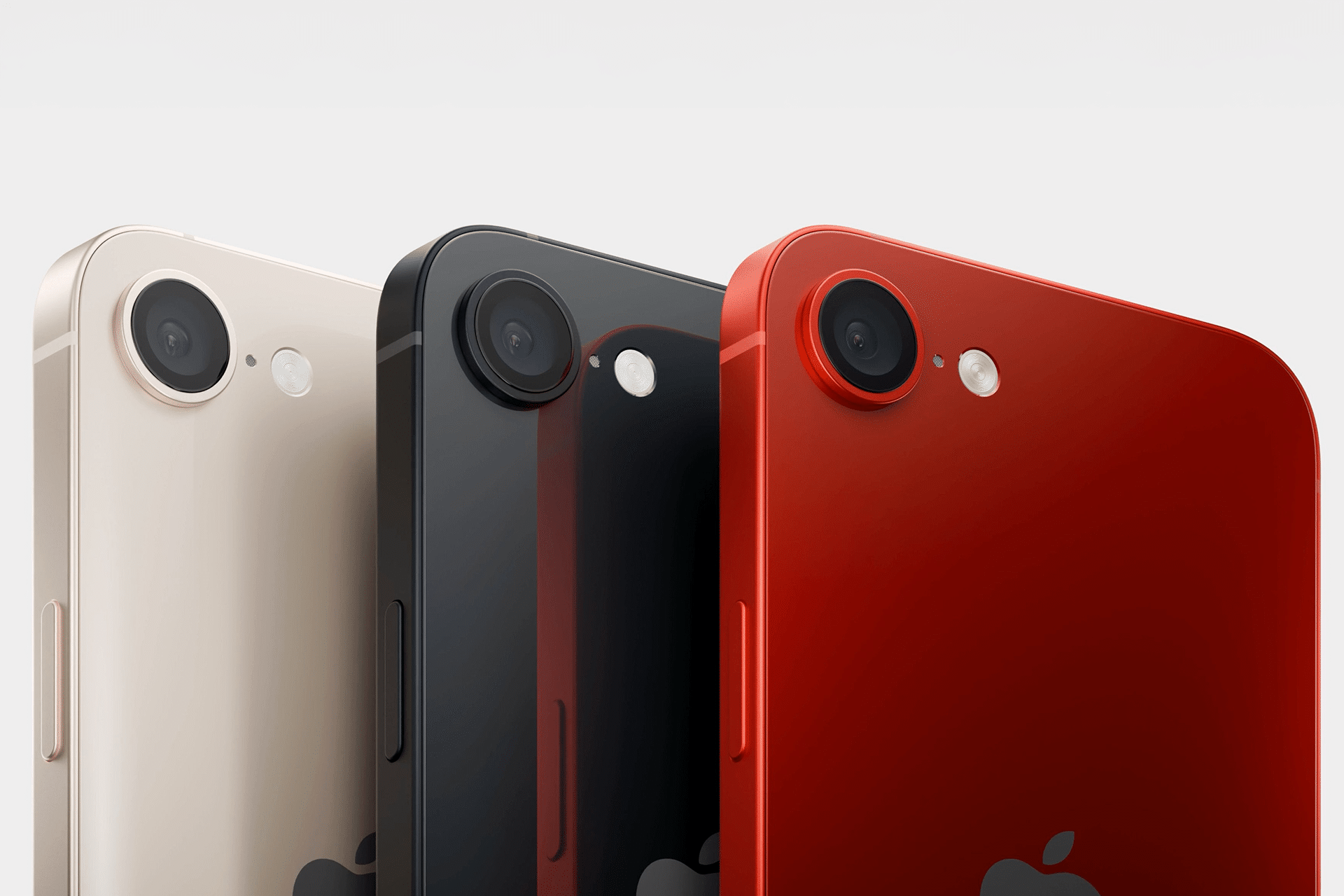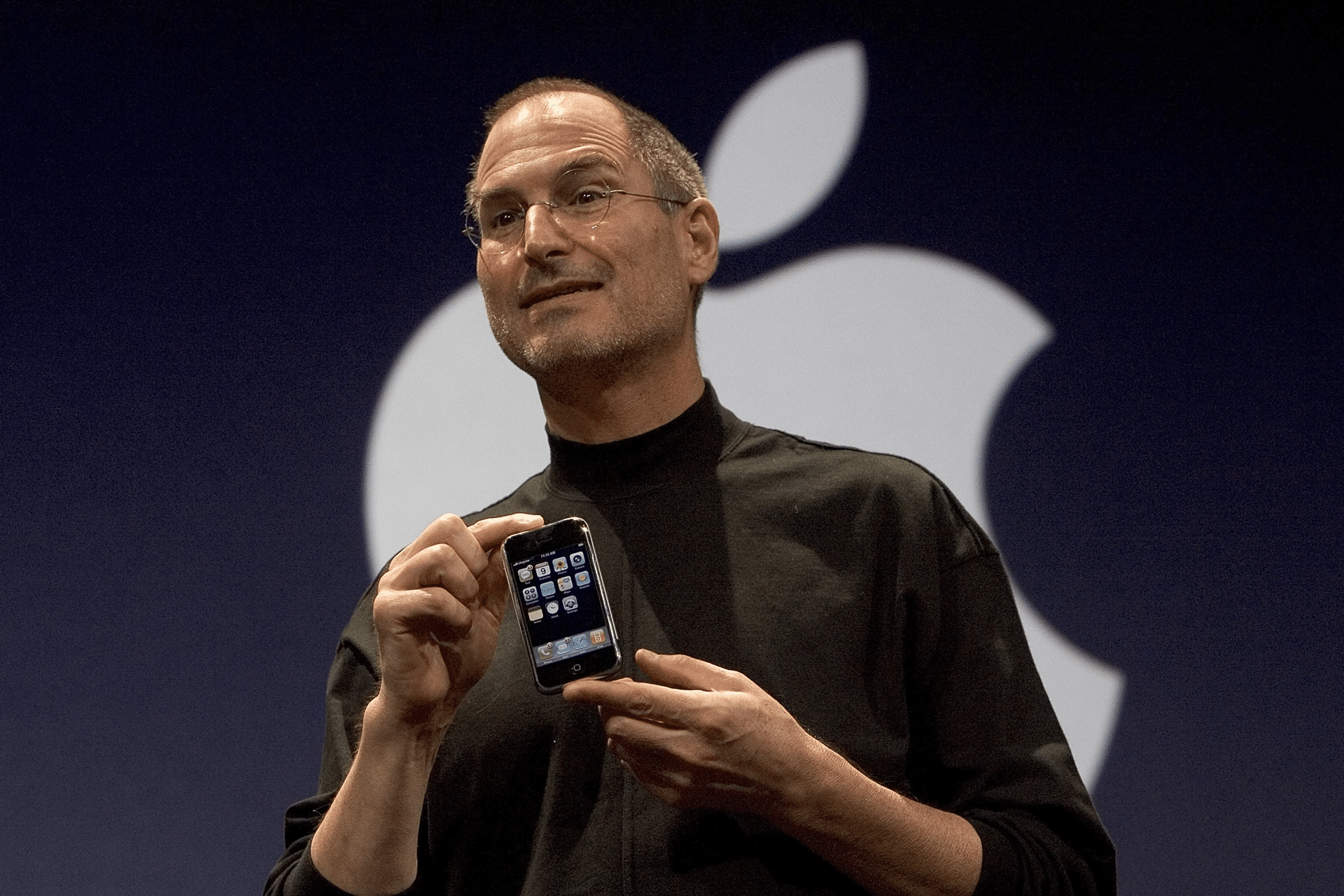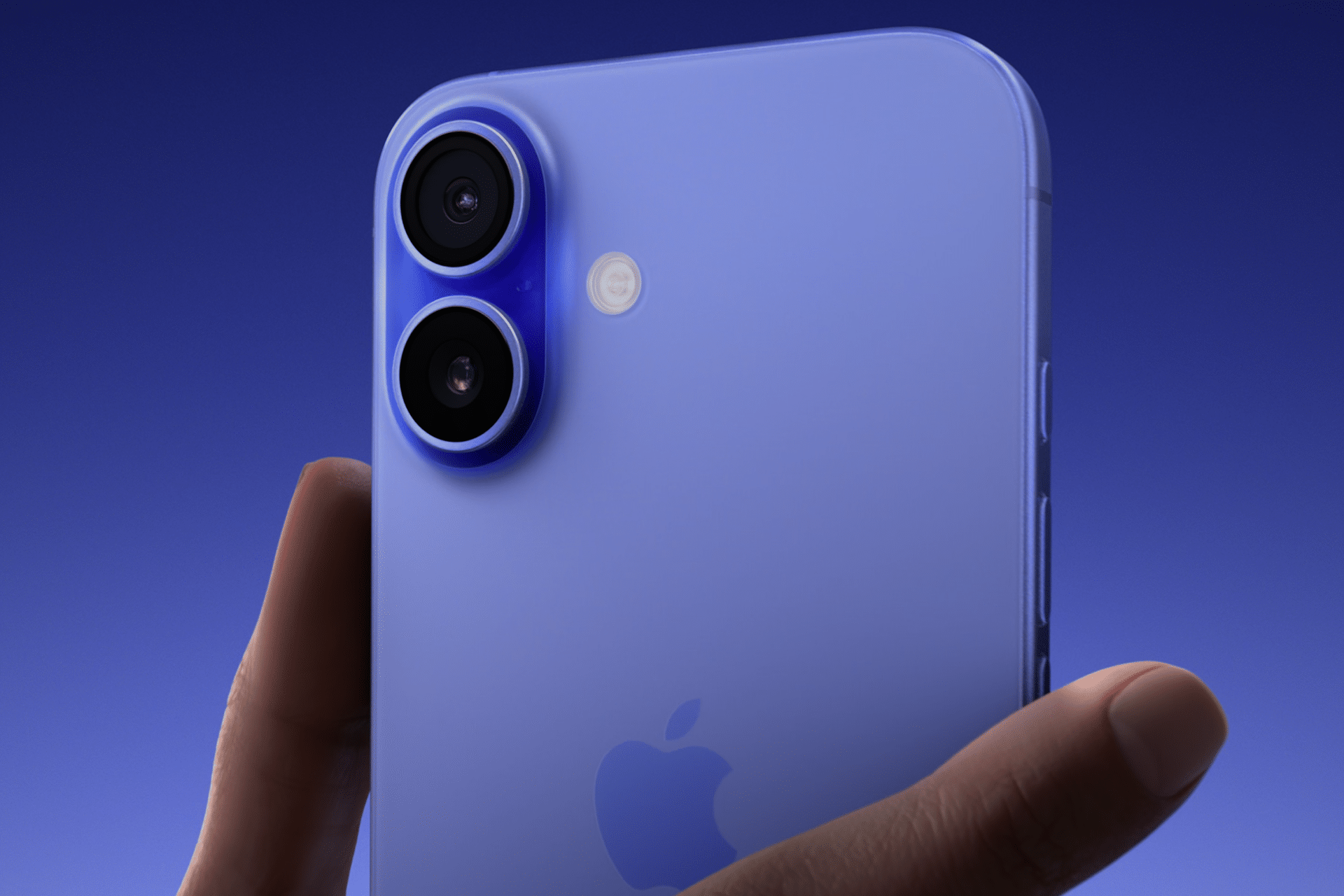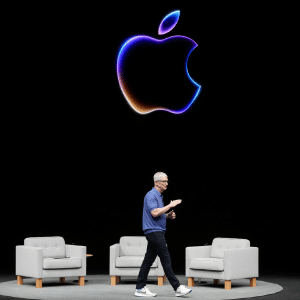The original iPhone featured a 3.5-inch display, a 2-megapixel camera, and storage options of 4GB and 8GB. Its multi-touch interface allowed users to control the device with their fingers, eliminating the need for a physical keyboard or stylus. This design set a new standard for smartphones, emphasizing simplicity and user experience.
The iPhone’s introduction disrupted the mobile phone market, leading competitors to rethink their designs and operating systems. Its success paved the way for the development of the App Store, creating a new economy for mobile applications and services.

Evolution Through the Years
In 2008, the iPhone 3G introduced faster internet connectivity and access to the newly launched App Store, allowing users to download third-party applications. The subsequent 3GS model brought performance improvements and new features like video recording.
The iPhone 4, released in 2010, featured a new design with a glass front and back, a stainless steel frame, and the introduction of the Retina display. The 4S model introduced Siri, Apple’s voice-activated personal assistant, marking the company’s initial foray into AI integration.
The iPhone 5 series brought a larger 4-inch display, a thinner and lighter design, and the introduction of the Lightning connector, replacing the 30-pin dock connector. These changes enhanced user experience and set the stage for future design iterations.
With the iPhone 6 and 6 Plus, Apple embraced the trend of larger screens, offering 4.7-inch and 5.5-inch displays. The iPhone 7 and 7 Plus introduced water and dust resistance, improved cameras, and the controversial removal of the headphone jack. The iPhone 8 series brought wireless charging and a glass back design.
To commemorate the iPhone’s tenth anniversary, Apple released the iPhone X in 2017. It featured an edge-to-edge OLED display, Face ID facial recognition, and the removal of the home button, setting a new design direction for future iPhones.
The iPhone 11 series introduced ultra-wide cameras and Night mode, enhancing photography capabilities. The iPhone 12 lineup brought 5G connectivity, a new flat-edge design, and Ceramic Shield for improved durability. The iPhone 13 series focused on performance improvements with the A15 Bionic chip and battery life enhancements.
The iPhone 14 series continued to refine user experience with improved cameras, display technology, and battery performance. The iPhone 15 and 16 models introduced features like ProMotion displays with higher refresh rates, advancements in computational photography, and further integration of Apple’s custom silicon, enhancing both performance and energy efficiency.
iOS Evolution: Enhancing User Experience
Launched in 2008, the App Store revolutionized how software was distributed and monetized, providing developers with a platform to reach millions of users and offering consumers a vast array of applications for various needs.
Over the years, iOS has evolved to include features such as multitasking, improved notifications, widgets, and enhanced privacy controls. Each iteration has focused on refining user experience, security, and integrating new hardware capabilities.
The iPhone’s Cultural Impact
The iPhone has transformed communication, making it more immediate and multimedia-rich. Features like iMessage, FaceTime, and a plethora of social media apps have changed how people connect globally.
With each new model, the iPhone’s camera system has advanced, influencing the field of photography. It has empowered users to capture high-quality images and videos, contributing to the rise of social media platforms centered around visual content.
The App Store has fostered innovation, giving rise to new business models and services that have become integral to daily life, including ride-sharing, food delivery, and mobile banking.
Looking Ahead: The Future of the iPhone
As technology continues to advance, future iPhone models are expected to incorporate emerging technologies such as augmented reality, further AI integration, and possibly new form factors like foldable displays. These developments will continue to shape the smartphone landscape and user experiences.
Apple has demonstrated a commitment to environmental responsibility, with initiatives aimed at reducing the carbon footprint of its products. Future iPhones are likely to incorporate more recycled materials and energy-efficient technologies, aligning with global sustainability goals.
From its groundbreaking introduction 18 years ago to its current status as a technological powerhouse, the iPhone has continually set industry standards and transformed the way we live and work. As we look to the future, the iPhone’s journey of innovation and influence is far from over, with Apple poised to deliver even more groundbreaking advancements in technology and design.










